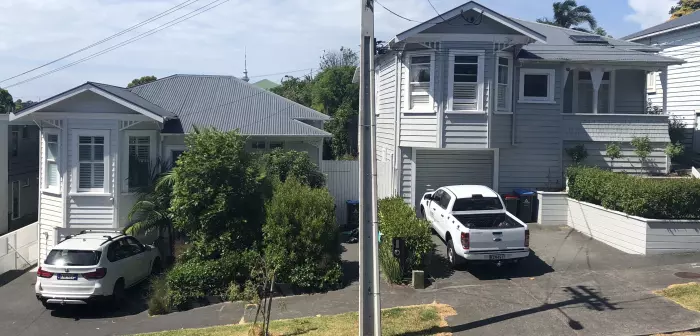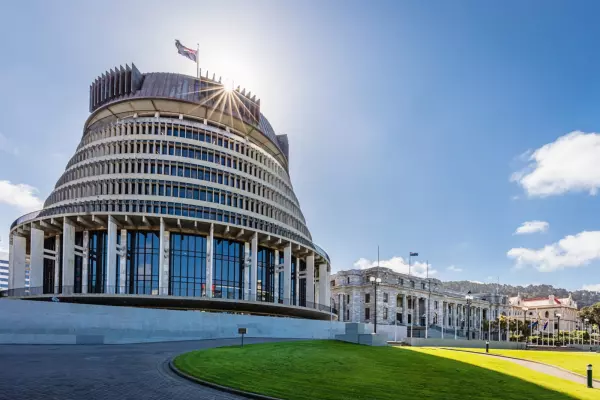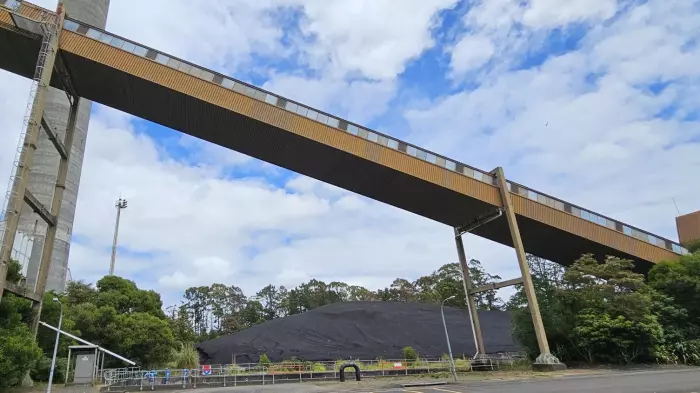Duck shooting season has been extended, and the Reserve Bank of New Zealand is the duck.
A key cause is blow-back from surging house prices. Calls for the government to directly rein in the RBNZ are ill-advised, but some changes are needed.
Housing and income inequality were key themes pre covid-19. The RBNZ is now pouring petrol on the fire via lower and lower interest rates.
Like almost everyone, the RBNZ has massively understated the impact of lower interest rates on house prices.
This is not deterring them from a mission to take retail interest rates even lower.
To be fair to the RBNZ, they are following their remit; inflation is low, and NZ is not at full employment. There are significant long-term costs of sustained rises in unemployment, and particularly for some groups of society.
The strategy remains one of least regret. Do more than might be needed.
They are only a lockdown away from looking like stars. Economic circumstances can change quickly. There will also be 150,000-to-200,000 fewer people (net tourists) in NZ over the summer months. That is a lot of lost spending.
We have not really seen the income hit yet from border control, just the substitution effect of people not travelling offshore and spending onshore. Supply chain issues are a key factor to watch over the coming months too.
Putting it on the house
Asset prices are one of many channels monetary policy works through.
The $100 billion rise in housing wealth in a year is worth around $3 billion of additional spending, based on the so-called wealth effect.
Rising house prices are a sign monetary policy is working.
The NZ economy is in far better shape than the USA, United Kingdom and Australia yet, expectations were two weeks ago NZ would have the lowest official cash rate.
Market pricing for NZ is now in line with the other countries, a more sensible position. However, a nerve has been struck.
A clear shift in society’s tone is apparent and the RBNZ is treading a fine line regarding its social license. A social licence to operate is maintaining the confidence of society by behaving within bounds of legitimacy, with accountability and in a socially and environmentally responsible way.
The RBNZ ticks the social licence box on many levels, with clear shifts to an easier communication style and major moves to connect with NZ beyond financial market participants under the new governor.
But they have misread the tea leaves badly when it comes to housing.
Some are calling for printing more money and giving it directly to the government. That is like handing any government an open cheque book to do whatever it likes or giving a teenager the keys to the Porsche with a dozen beers in the passenger seat.
Sensible heads are needed.
And some changes are needed and can happen quickly. Addressing housing supply though will take time and Kiwibuild’s failure and problems in the government’s housing strategy is nothing to do with the RBNZ.
Take your time
First, the RBNZ least regrets approach is too disconnected with the data. Risks remain but respect the better position the economy is in, be boring, and watch for a while. The hurdle to negative interest rates needs to be very high. The Reserve Bank of Australia is not in favour of negative interest rates for good reasons.
The funding for lending programme offering cheap funding to banks is a crisis management tool. We do not have a financial crisis.
The RBNZ would be better served pouring more sunlight on the sluggishness in borrowing rates moving down across banks relative to funding costs.
Second, fiscal policy needs to do more heavy lifting.
This heavy lifting is not just about firing off more spending bullets.
It is about accelerating microeconomic reform, especially in the housing arena, but employment too.
Including employment in the last Policy Targets Agreement (the remit), while bringing NZ into international norms, carried the risk of the government somewhat abdicating responsibility for the labour market and the RBNZ doing more.
Border closure has exposed an Achilles’ heel - sustained under-investment in people and training locally.
Before covid an estimated 2.8 percent of the working age population was receiving the JobSeeker benefit in the Otago region. In Gisborne and Northland, the number was 8.7 percent. That dispersion tells a structural mobility story not just an under-performing regional one. Post-covid Otago has risen to 3.8 percent. Gisborne and Northland are now double-digit.
Third, the RBNZ believes that debt-to-income (DTI) ratio limits would be a useful addition to the macro prudential toolkit. They should be given that tool quickly.
The Bank of England’s DTI cap is 4.5, with some flexibility for a portion of lending above that. In NZ, latest data shows more than 40 percent of new lending to first home buyers is at a DTI above 5. The figure is close to 60 percent for Auckland.
DTI limits cut to the chase; the heart of financial system resilience is debt. People are taking on lots.
Fourth, asset prices need to be reinserted into the remit. Asset prices were removed in 2018 with surprising little debate.
Purists will note asset prices are still implicitly there, with the RBNZ having regard to the soundness of the financial system.
That is not the same as them being mentioned explicitly.
The above suggestions are no silver bullet. But they will help smooth around the edges until housing supply issues are addressed.














